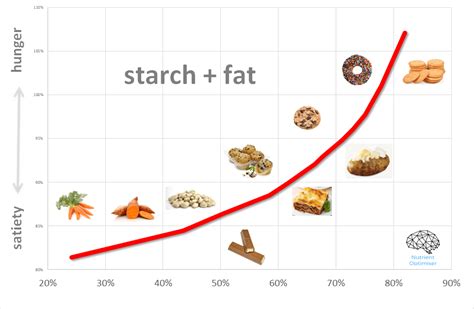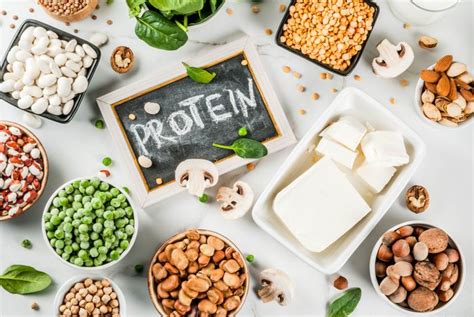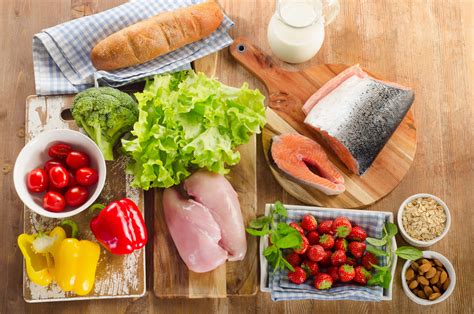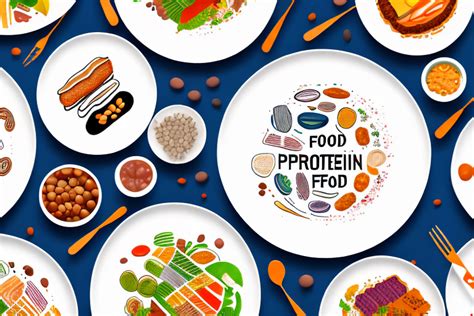Optimal macro split for male performance, energy & muscle?

Unlocking Male Potential: The Role of Macronutrients
For men striving to optimize physical performance, maintain robust energy levels, and build lean muscle, understanding the intricate dance of macronutrients—protein, carbohydrates, and fats—is paramount. While the internet often champions a singular, magic ratio, the truth is more complex. An “optimal” macro split is highly individual, influenced by factors like activity level, body composition goals, and even genetics. This guide will break down each macronutrient’s vital role and help you navigate towards a personalized strategy.
Understanding the Power of Macronutrients
Protein: The Muscle Builder and Repairer
Protein is the cornerstone of muscle growth and repair, crucial for any man aiming to increase strength or lean mass. It’s composed of amino acids, the building blocks not just for muscle tissue, but also for enzymes, hormones, and other bodily functions. Adequate protein intake is vital for recovery after intense workouts and preventing muscle breakdown.
Carbohydrates: The Primary Energy Source
Often demonized, carbohydrates are the body’s preferred fuel source, especially for high-intensity exercise and cognitive function. They are stored as glycogen in muscles and the liver, ready to power your workouts and daily activities. Complex carbohydrates (whole grains, vegetables, fruits) provide sustained energy, while simple carbs are useful for quick energy boosts post-workout.
Fats: Hormone Regulation and Sustained Energy
Dietary fats are critical for hormone production (including testosterone, vital for male health), nutrient absorption (fat-soluble vitamins A, D, E, K), and providing a concentrated source of energy. Healthy fats (found in avocados, nuts, seeds, olive oil, fatty fish) also play a role in reducing inflammation and supporting overall cellular health.

Finding Your Optimal Macro Split: It’s Not One-Size-Fits-All
There’s no universal “perfect” macro split because individual needs vary significantly. What works for a sedentary office worker will differ vastly from a competitive athlete or someone focused on extreme muscle gain. The key is to understand the variables and adjust your intake accordingly.
Factors Influencing Your Macro Split
- Activity Level: Highly active individuals, especially those engaging in resistance training or endurance sports, will require more carbohydrates and protein.
- Body Composition Goals: Are you aiming for muscle gain (bulking), fat loss (cutting), or maintenance? Each goal necessitates a different caloric and macro emphasis.
- Metabolism & Genetics: Some individuals naturally process carbs or fats differently; genetic predispositions can influence optimal ratios.
- Dietary Preferences & Health Conditions: Personal preferences and any existing health conditions (e.g., diabetes, heart disease) must be considered.

General Guidelines for Male Performance, Energy & Muscle
While personalization is crucial, here are general starting points for men prioritizing performance, energy, and muscle:
Protein Recommendations
Aim for 1.6 to 2.2 grams of protein per kilogram of body weight (or 0.7 to 1 gram per pound) per day. This range supports muscle protein synthesis and recovery, especially for those actively training.
Carbohydrate Recommendations
This is where activity level heavily influences the split. For men engaged in moderate to intense training, carbohydrates might comprise 40-55% of total daily calories. For very active individuals, this could climb to 60% or more. Sedentary individuals might opt for a lower percentage, around 30-40%.
Fat Recommendations
Healthy fats should typically account for 20-30% of total daily calories. This range ensures adequate hormone production and overall health without over-contributing to caloric intake. Prioritize sources like avocados, olive oil, nuts, seeds, and fatty fish.

Putting It Into Practice: Example Scenarios
Let’s consider how these guidelines might look for different goals:
- Muscle Gain (Bulking): A common split might be 30-35% Protein, 45-55% Carbs, 20-25% Fat. The higher carb intake fuels intense workouts and provides the caloric surplus needed for growth.
- Fat Loss (Cutting): A split might shift to 35-40% Protein, 30-40% Carbs, 25-30% Fat. Higher protein helps preserve muscle mass in a caloric deficit, while carbs are modulated to create that deficit.
- Performance/Maintenance: A balanced approach of 25-30% Protein, 45-55% Carbs, 20-25% Fat often works well, adjusted slightly based on daily training volume.

Quality Over Quantity: The Type of Macros Matters
It’s not just about the numbers; the quality of your macronutrient sources significantly impacts your results. Prioritize:
- Lean Proteins: Chicken breast, turkey, lean beef, fish, eggs, dairy, legumes.
- Complex Carbohydrates: Whole grains (oats, brown rice, quinoa), sweet potatoes, fruits, and a wide variety of vegetables.
- Healthy Fats: Avocados, nuts, seeds, olive oil, fatty fish (salmon, mackerel).
Minimize processed foods, sugary drinks, and unhealthy saturated/trans fats, which can hinder performance and health regardless of your macro split.

Conclusion: Listen to Your Body and Adjust
Finding your optimal macro split is an ongoing journey of experimentation and self-awareness. Start with general guidelines, meticulously track your intake and progress, and pay close attention to how your body responds in terms of energy, performance, muscle growth, and recovery. Don’t be afraid to adjust your ratios based on your feedback. Consulting with a qualified nutritionist or dietitian can also provide personalized guidance to help you dial in the perfect macro strategy for your unique male performance, energy, and muscle goals.









